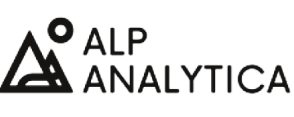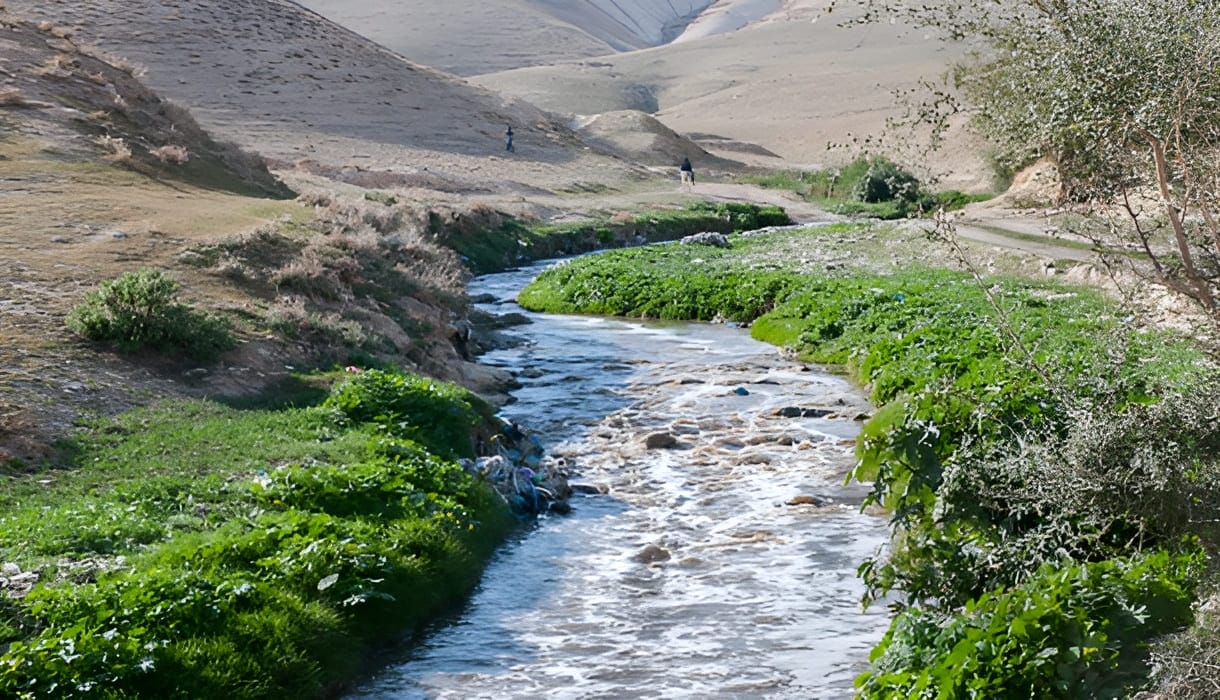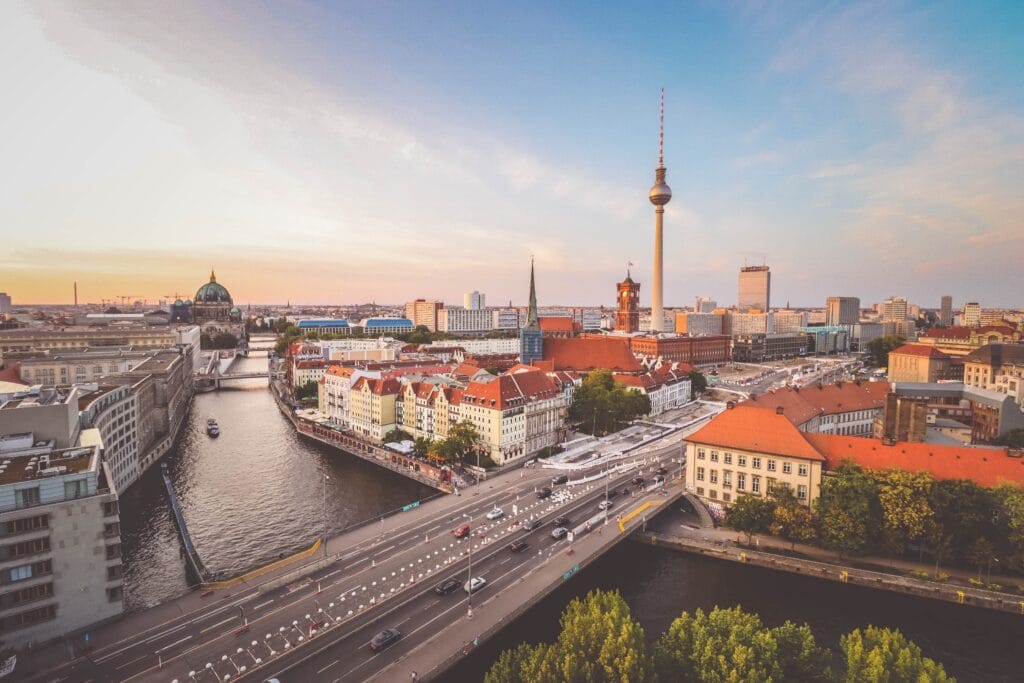By: Anneka Williams
As I run through the town of Bethel, Alaska I find myself navigating collapsed sections of roads, overgrown willow trees encroaching from both sides, paths that suddenly slope down steeply as if a section of ground beneath them has been cut away. In a sense, this is exactly what is happening.
Bethel sits atop permafrost in Alaska’s Yukon-Kuskokwim Delta. And as temperatures warm that permafrost is melting and the landscape is collapsing into itself to fill the newly-formed void as permafrost disappears. It costs the town more than 1 million USD to maintain its roads and that number is only expected to increase as the rate of warming quickens.
Roads aren’t the only part of the community subject to the consequences of melting permafrost and warming temperatures. Across Alaska, permafrost thaw is damaging local infrastructure, sea level rise and coastal erosion are threatening the integrity of coastal communities, and temperature and precipitation changes are interfering with native livelihood practices, including hunting and fishing. Some communities are considering relocation while others are working to adapt in place. Regardless of which adaptation strategy they choose, Alaska Native communities are feeling the permanent and irreversible impacts climate change is having and will continue to have on their lives, livelihoods, and physical communities.
Those climate impacts that are permanent and irreversible can be called “losses and damages.” Loss and damage (L&D) refers to the impact of climate change that cannot be avoided (either by mitigation or adaptation). It includes climate impacts such as sea level rise and land degradation. “Loss and damage” is the technical term that the United Nations Framework Convention on Climate Change (UNFCCC) uses to classify different climate impacts and apply its governing framework to support countries that may be particularly vulnerable to the adverse impacts of climate change.
Explicitly labeling permanent, irreversible losses and damages that result from climate change is meant to create a framework in which liability for damages is established and liable parties can then provide adequate compensation to affected communities. Wealthier countries who historically have been high emitters of carbon would be expected to take some responsibility for climate change and compensate the most affected communities accordingly, however these countries are adamantly resisting any formalization of L&D assistance.
L&D was a large component of the November 2021 COP26 political agenda. And in early 2022, both the United States and the European Union blocked a funding framework proposal for L&D put forward by developing countries. In September 2022, Denmark became the first developed country to offer funding specifically for loss and damage in poorer countries. A move that will hopefully inspire other countries to do the same.
I was shocked when I first learned that, because the UNFCCC centers its L&D governance on “developing countries” it does not acknowledge L&D faced by Alaska Native (among other Indigenous communities) and these communities are excluded from any technical or financial support the UNFCCC offers. This exclusion may be due to the fact that Alaska Natives are not recognized as separate, international actors. While they reside within the national boundaries of the United States, Alaska Native tribes are also formally recognized as individual entities.
Resources and knowledge to support communities facing climate-induced L&D can come from regional, national, and international levels. There are Indigenous networks and local frameworks for addressing climate change at the community level, but resources commensurate with the severe climate impacts these communities are facing is lacking. Current U.S. policy does little to offer support (technical or financial) to Alaska Native communities facing L&D. And given their exclusion from the international framework and conversations surrounding L&D, Alaska Natives find themselves lacking external support and resources from the international community in addressing climate change within their communities.
I was in Bethel, Alaska to study how climate change is impacting the Arctic tundra. But it almost felt silly to be hauling equipment into the field to take measurements of gas exchange, soil temperature, and water quality. Climate change was apparent right in front of me. It took the shape of houses tilting precariously on uneven ground, the explosion of willow trees which are capitalizing on warming temperatures and a longer growing season, the collapsed bridge I ran by that had twisted on itself and was in the process of being enveloped by slumping land. There is no doubt that this community has already changed – and will continue to do so – due to climate change.
The language of the current framework for providing technical and financial support for L&D excludes Alaska Natives. Not only does this do a disservice to the experience of Alaska Natives, it also means the UNFCCC may be missing crucial knowledge when it comes to addressing L&D. The impacts of climate change are not distributed equally and certainly do not align with country borders. Physical climate changes interacting with local social, economic, and environmental contexts determine how climate change actually manifests in a given place. While daunting, considering how to address L&D at more local levels is crucial in promoting an effective and fair global response to climate change.


